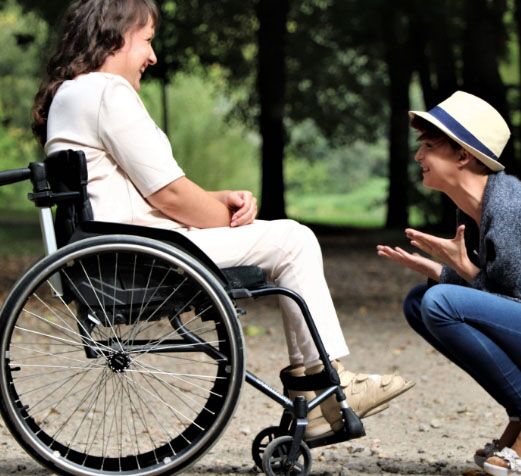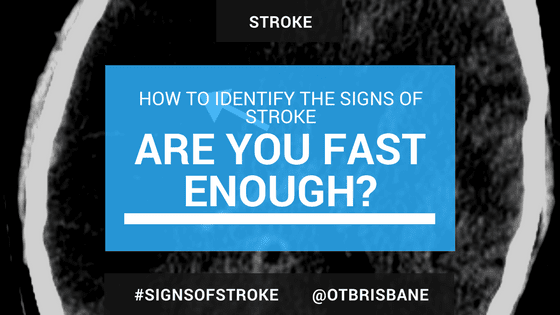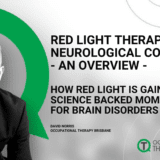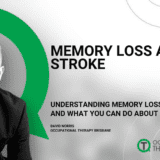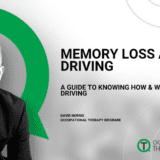Identifying The Signs of Stroke: Are You FAST Enough?
The established method to identify the signs of stroke has been to apply the FAST acronym. The Stroke Foundation (Australia) and The American Heart Association have championed the acronym: FAST as the formula to help lay people identity the signs of stroke.
How To Identify The Signs of Stroke
FAST is short for Face, Arm, Speech and Time – time being a prompt not to waste it and to seek help and assessment immediately. The time to be seen can be the difference between lasting and disabling effects of a stroke.
According to new research by University of Kentucky FAST may not be enough. Not that FAST is insufficient, more so that it does not appear to capture comprehensively the signs of stroke.
However, a study published in a recent issue of Stroke and authored by Dr Susanth Aroor a resident physician at the University of Kentucky may offer a new advancement in how first respondents look for the signs of stroke.
You see the idea originated from investigating how many strokes were initially missed because the FAS(T) mnemonic didn’t apply to them. According to the study 14% of people with a stroke did not have FAS (T) symptoms. Non-FAS patients were observed to experience two prevalent signs of stroke;
- problems with balance or gait (42%)
- sudden onset of visual problems (40%)
This has led to the modification to the acronym to BE- FAST.
B for balance and E for eyes. In the video below Dr Susanth Aroor discusses the key findings of the study.
Summing Up- Identifying the Sings of Stroke
This is early work and will likely be fine tuned in years to come though the question the University of Kentucky team has raised is are we aware of the signs of stroke and does the current method support comprehensive identification? FAST is good, though BE-FAST appears to offer a better net to catch most signs of stroke.
Evidence
- Sushanth Aroor, Rajpreet Singh, Larry B. Goldstein. BE-FAST (Balance, Eyes, Face, Arm, Speech, Time). Stroke, 2017; 48 (2): 479 DOI: 10.1161/STROKEAHA.116.015169
Other Blog Articles You May be Interested In
- Recovery After Stroke One Year (Plus) Later: 6 Resources For Your Recovery One Year (Plus) After A Stroke Years after a stroke, is it too late to improve? Recovery after stroke is commonly a long journey.
- Home Modification Information: You can access a Comprehensive Resource List For Your Home Modifications
- Exercise After A Stroke Can It Improve Brain Function?
The Occupational Therapy Blog is a news and health promotion initiative. It by no means aims to be a source of medical or therapeutic advice. We enjoy sharing information and will attempt to curate it as best we can. You’d appreciate we like to lighten our blog articles which often tackle very serious and personal issues. It’s our way of sharing. The information contained on this blog is not intended to be a substitute for professional advice, or intervention. Always seek the advice of your GP or qualified therapist with any questions you may have regarding your personal situation. Never substitute or delay seeking professional advice because of information you’ve read on this website.


